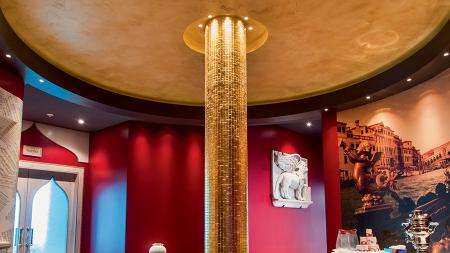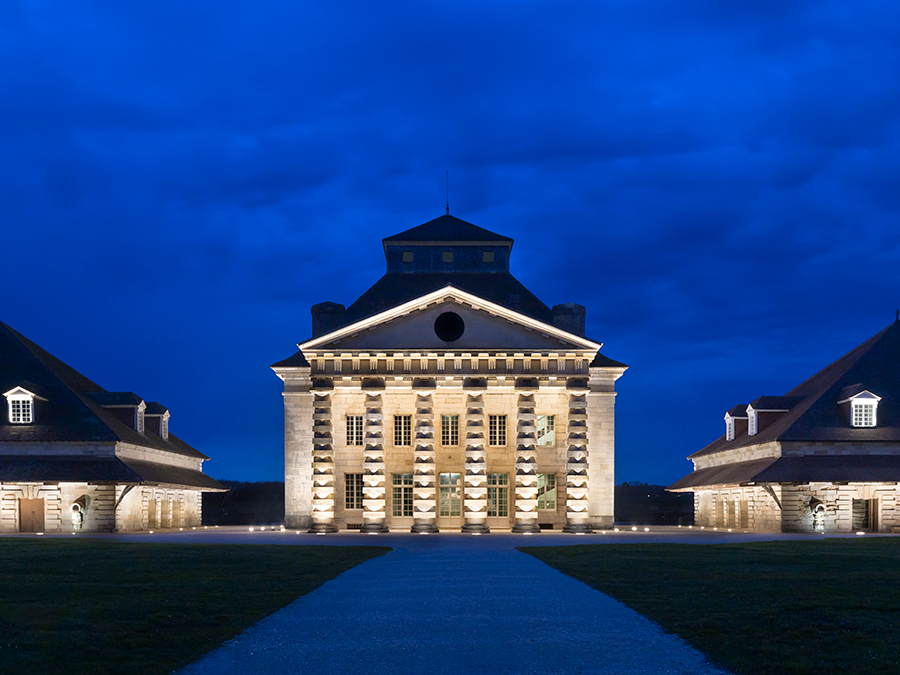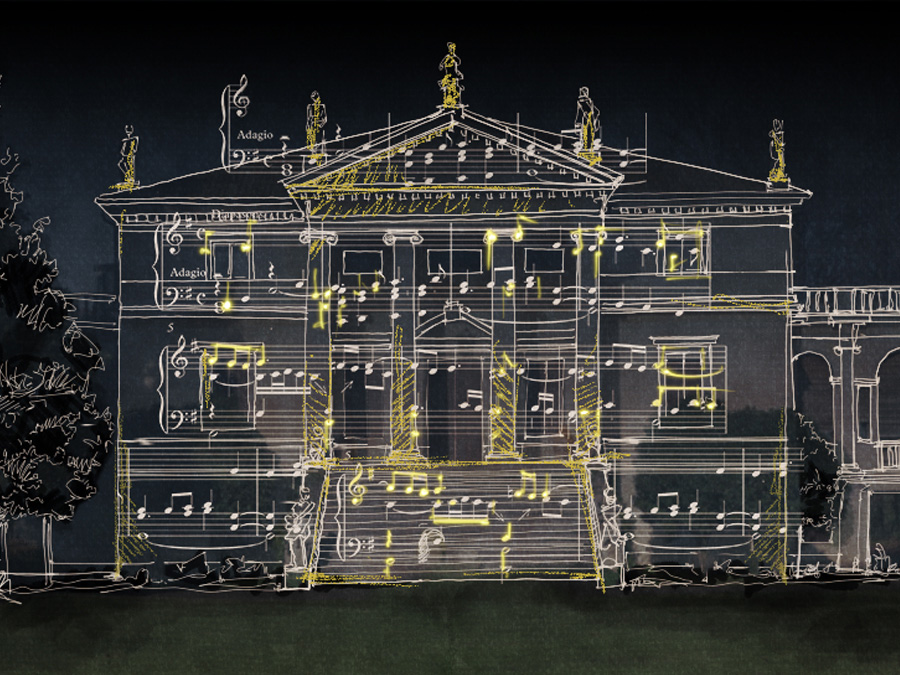| Location | Lisbon, Portugal |
|---|---|
| Application | Facades |
| Project | Saraiva+Associados |
| Light planning | Astratec |
| Photo | Nicole Sánchez |
The five-star Editory Riverside Hotel is housed in the Santa Apolónia station, one of Lisbon’s most emblematic buildings. The station is Portugal’s oldest railway terminal and still sees countless travellers passing through it every day.
In giving it a new lease of life in the hospitality sector, the architectural practice of Saraiva+Associados developed the concept starting from the idea of this place as the outward and return point of a train journey. The interior design and the furnishings call to mind tales of departures, goodbyes, migrations, adventures, homecomings and new beginnings.The architectural project took care to preserve the characteristic features of this Neoclassical building, built in 1865. These features include the clean lines of the facade, now an iron oxide colour that contrasts with and emphasises the stone details.
The facade lighting, designed by Astratec lighting consultants, uses a two-part lighting scheme to underline its architectural shapes simply and elegantly. The first marks the vertical lines of the angular ashlar work with Intono 2.1 wall-mounted fixtures with 11° optics. The same narrow beam is used in the Spot 1.0 projectors on the sides of the tall windows that open onto the balconies on the first floor. The second part of the scheme uses the semicircular light of Lyss projectors to outline the internal profiles of both the entrance arches at the corner of the building and the windows on the first floor. The latter are lit by the compact version Lyss Mini 1.0, tucked away out of sight in the corners of the sills. Finally, Spot 1.0 projectors pick out the inner perimeters of the two gables housing the large clocks.

Kalisz, Poland

Abano Terme, Padua, Italy

